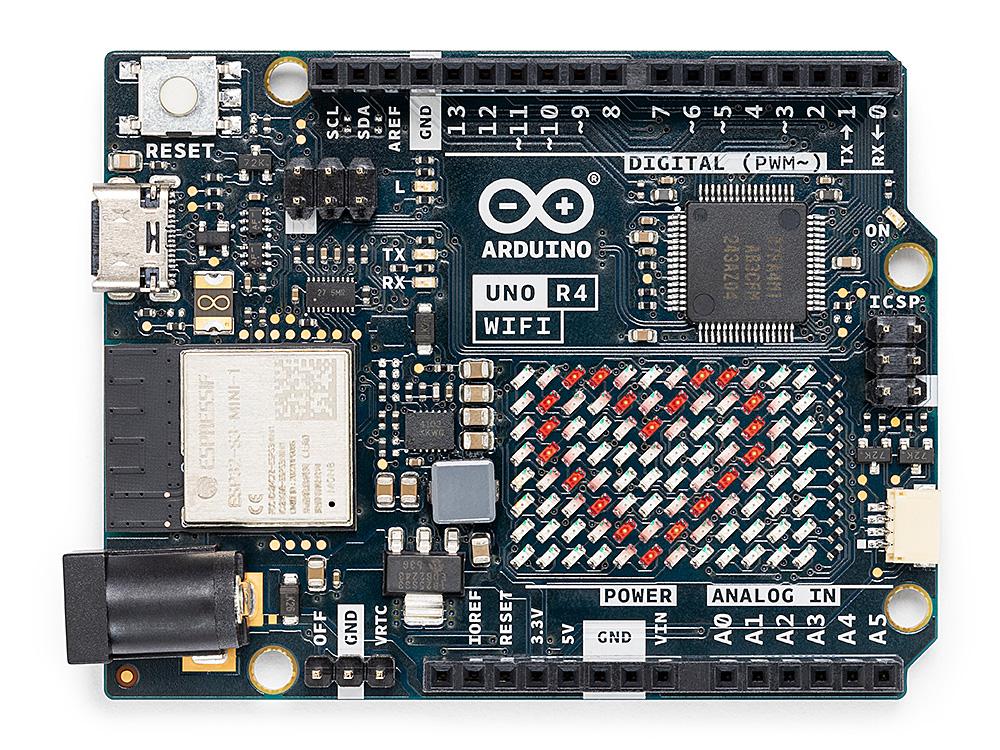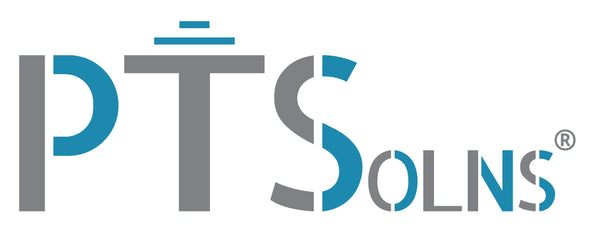On this page you’ll find:
- What is a female header?
- What is a male header?
- How to break (cut) a female header?
- What are machined breakaway headers?
- What is a prototyping board?
- What is a breakout board (BoB)?
- What is the difference between machinedand pressed IC sockets?
If you have a suggestion for a FAQ entry, please let us know by Contacting Us!
A female header (AKA female header pin) is a type of header (AKA header pin, header connector). A header is used to electrically connect two different parts of a circuit together. The metallic pins are typically soldered onto a PCB. Although some connect electrical components and wires into the socket end of the female header, more appropriate would be to interface with a male header.
The most important attributes of the common female header are: pitch, pin number, pin length and angle. The following outlines these attributes. Note that other attributes may be of importance in some applications but most times can be ignored. These include pin thickness, pin material, coating material, etc.
Pitch
The most common spacing between the pins (AKA pitch) is 2.54mm (or 0.1in). This pitch will work with many of the common boards, microcontrollers and components in North America. Less common pitches include 1.27mm or 2.0mm.
Pin Number
The pin number is often provided by “y X z Pins”, where “y” is the number of rows, and “z” is the number of pins in a single row. For example, the female header with pin configuration “1 X 40 Pins” consists of a single row of 40 pins.
Pin Length
The popular female header has a short pin length, often around 3.2mm. This is enough to through-hole the header and solder it to a PCB on the other side. However, some female headers have much longer pins intended to pass through other boards, such as shields. These headers are called “stacking headers” and have a pin length around 12.2mm.
Angle
The pins can either be aligned with the socket end of the header, or they can bend at 90 degrees. Female headers that have their pins aligned are referred to as “straight”. Alternatively, headers that have their pins at 90 degrees are referred to as “angled”.
[Figure: Schematic of a 1 X 40 Pin, straight, female header, with standard pin length.]
A male header (AKA male header pin) is a type of header (AKA header pin, header connector). A header is used to electrically connect two different parts of a circuit together. Typically, the shorter metallic pins are soldered onto a PCB, while the longer metallic pins are used to interface to female headers.
The most important attributes of the common male header are: pitch, pin number, pin length and angle. The following outlines these attributes. Note that other attributes may be of importance in some applications but most times can be ignored. These include pin thickness, pin material, coating material, etc.
Pitch:
The most common spacing between the pins (AKA pitch) is 2.54mm (or 0.1in). This pitch will work with many of the common boards, microcontrollers and components in North America. Less common pitches include 1.27mm or 2.0mm.
Pin Number:
The pin number is often provided by “y X z Pins”, where “y” is the number of rows, and “z” is the number of pins in a single row. For example, the male header with pin configuration “2 X 15 Pins” consists of a double row each of 15 pins.
Pin Length:
The popular male header has short pins often around 3.0mm, and long pins often around 6.0mm. These a typical pin lengths. However, some male headers have much longer pins, with common lengths of 15mm, 17mm and 19mm.
Angle:
The pins can either be aligned with the socket end of the header, or they can bend at 90 degrees. Female headers that have their pins aligned are referred to as “straight”. Alternatively, headers that have their pins at 90 degrees are referred to as “angled”. Furthermore, there are two types of angled headers: “Flat-Laying (FL)” and “Standing-Up (SU)”. The FL type is more closely spaced to the surface of the PCB, while the SU type has a larger gap.
[Figure: Difference between flat-laying and standing-up angled male headers.]
Although male headers can easily be broken, female headers require some care when reducing the pin length. The following outlines the steps to break a female header. Click here for an instructional video.
Step 1
Pull pin out with needle nose pliers.
Step 2
Option A) With a knife cut along where the pin used to be. Use a straight edge to guide the cut. Option B) With cutting pliers snap the plastic. Use pliers that are longer than the header so that only a single cut is required.
Step 3
Use fine grit sandpaper to smooth the rough edge.
NOTE: Due to the nature of female headers, if breaking the row into smaller sections, one or more pins will be lost in the process. 
[Figure: How to break a female header.]
Machined headers are just that, machined. They are typically of a higher quality than standard headers. Unlike standard headers which have rectangular pins, machined headers have round pins. Due to this the user should take care to note that not all pin types fit well into round machined female headers. Furthermore, machined headers tend to be of the breakaway type, meaning they can easily be broken into smaller pin lengths.
[Figure: 1 X 40 Pin, straight, machined breakaway female and male headers.]
There are several types of prototyping boards, but they all share a common feature. Namely, they let the user quickly build an electronic circuit without having to print a circuit board (the PCB). Prototyping boards allow for quick assembly and quick changes in order to test the circuit, which is exactly what ‘prototyping’ is! Some prototyping boards simply let the user “plug and play” without having to solder any components. These are the famous breadboards, which come in many different shapes and sizes. Breadboards generally all have five electrically connected holes, arranged in a repeating pattern. There are also multiple power rails on the upper and lower edge to allow for easy access to Vin and GND. The advantage of these is that a user can build a circuit within a few minutes! The disadvantage is that a low quality breadboard may make poor electrical connections, causing the circuit not to function properly. This can add a great deal of frustration when trying to debug your circuit. The general rule of thumb is that any circuit on a breadboard is not intended to house a circuit permanently.
A more permanent solution is to use perfboards, which require the user to solder the components onto or through a pre-fabricated PCB that has a grid of regularly spaced copper pads (often with holes). Again, these types of prototyping boards allow for a quick build of a circuit. However, changing out components can be annoying as you’ll likely have to unsolder some components. Another disadvantage is that none of the pads are electrically connected. If the user wanted to connect multiple pads together, which is quite common with a perfboard, then they have to solder across the pads. This uses quite a bit of solder and can be time consuming.
Finally, a third class of prototyping board is a combination of the breadboard and the perfboard. These prototyping boards have multiple holes electrically connected in a repeating pattern, similar to the breadboard, through which the user solders the circuit components. This solves the issue of having to spend a lot of time and solder to bridge multiple holes together. Even within this third class of prototyping boards there is a large range of functionality. Simple boards look very similar to the breadboard and lack any additional features. More advanced boards incorporate several features to make the board more user-friendly, efficient, and even reusable to some extend.
For example, the Proto-Full is a prototyping board packed with features. So much so that it comes with a User Manual! Just to list a few of these features:
– Silkscreen printing on both sides
– Several power rails that can be connected in different configurations
– Multiple ways to power the board (screw terminal or female power jack)
– Separate groundable mounting holes
[Figure: Features of the Proto-Full.]
A breakout board (AKA BoB) is a board that attaches to a component to make said component easier to use or interface with, typically without having the need to solder anything to the component itself. Because of this, BoBs are reusable many times. By having detailed pin labelling on the boards (the good ones have it on both sides!), they make it easier to see which pin is which. Often they also offer a physically sturdier connection to the pins of the component, than simply plugging the component into a standard breadboard. Speaking of which, BoB save space compared to using a breadboard, which may or may not be an important factor in your project. Given all of great features, it is easy to see why BoBs are so popular.
There are many types of breakout boards. For example, the common micro-controller Arduino Nano has 30 pins (two rows of 15 pins on either side), which can used to interface with the Nano. One way to make these pins more accessible is by plugging the Nano into a breakout board designed for the task. This one breaks the Nano pins into screw terminal connections as well as male header connections, giving the user flexibility in usage.
Not all micro-controllers can even fit on a breadboard. The ESP32 for example can fit with only a single row on one side of the ESP32, leaving the other side completely blocked! Not to mention that using a breadboard with the ESP32 can quickly become frustrating as there will be many crossing wires all over. Try removing the ESP32 from the breadboard with several wires cross over it! Such a scenario is a great illustration of when using the right BoB just makes sense. For example, the ESP Master Key is designed to interface with a large range of different pin configurations found on several types of micro-controllers.
[Figure: An application example of the ESP Master Key.]
IC sockets that allow an integrated circuit (IC) to be interfaced without having the need to solder the IC itself. The sockets are soldered to a PCB and the ICs simply sit inside the sockets. This makes it very convenient to remove or replace the IC. The difference between machined and pressed IC sockets is that machined sockets, just like the machined headers, are, well, machined. They have round holes and round pins, and are much stronger compared to the pressed type. Before soldering the pressed IC socket in place, the legs can easily be bent and often may come slightly deformed upon shipping arrival. Due to this pressed IC sockets are cheaper.

